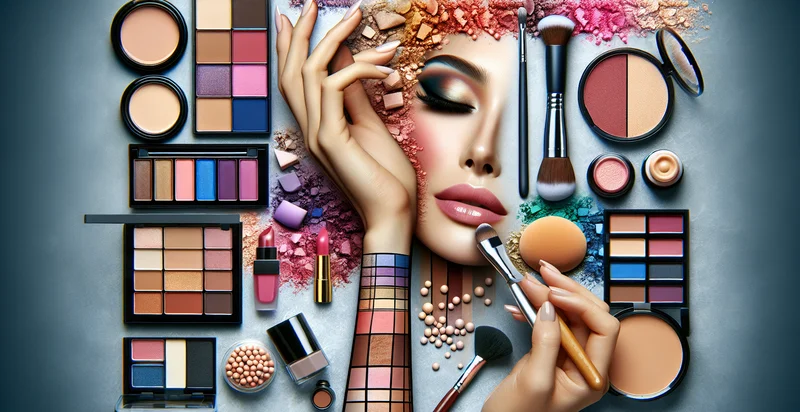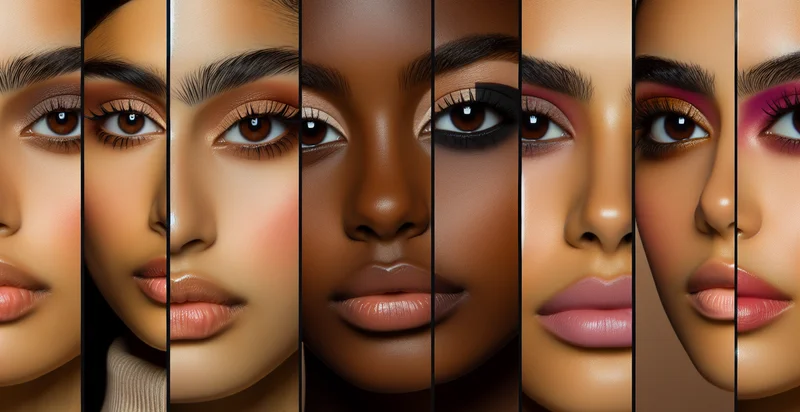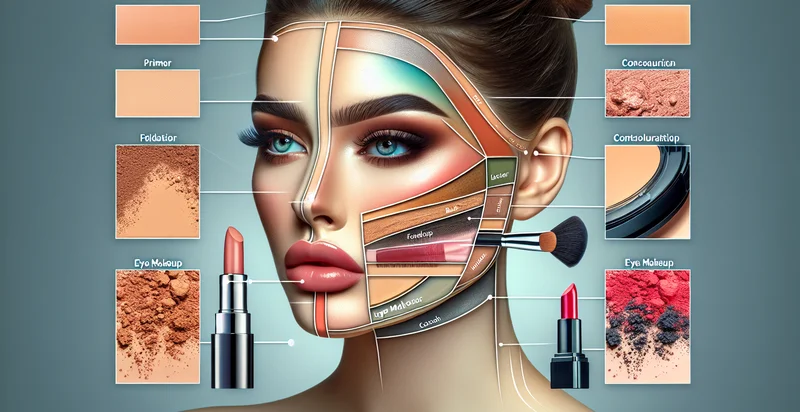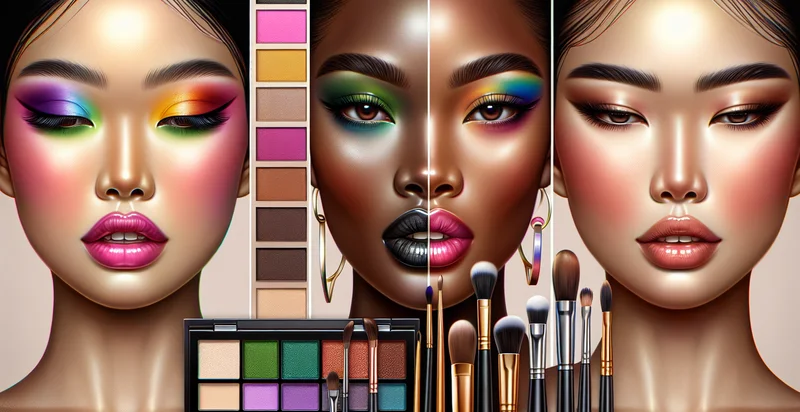Identify makeup blending quality
using AI
Below is a free classifier to identify makeup blending quality. Just upload your image, and our AI will predict the quality of makeup blending used in a cosmetic application - in just seconds.

Contact us for API access
Or, use Nyckel to build highly-accurate custom classifiers in just minutes. No PhD required.
Get started
import nyckel
credentials = nyckel.Credentials("YOUR_CLIENT_ID", "YOUR_CLIENT_SECRET")
nyckel.invoke("makeup-blending-quality", "your_image_url", credentials)
fetch('https://www.nyckel.com/v1/functions/makeup-blending-quality/invoke', {
method: 'POST',
headers: {
'Authorization': 'Bearer ' + 'YOUR_BEARER_TOKEN',
'Content-Type': 'application/json',
},
body: JSON.stringify(
{"data": "your_image_url"}
)
})
.then(response => response.json())
.then(data => console.log(data));
curl -X POST \
-H "Content-Type: application/json" \
-H "Authorization: Bearer YOUR_BEARER_TOKEN" \
-d '{"data": "your_image_url"}' \
https://www.nyckel.com/v1/functions/makeup-blending-quality/invoke
How this classifier works
To start, upload your image. Our AI tool will then predict the quality of makeup blending used in a cosmetic application.
This pretrained image model uses a Nyckel-created dataset and has 20 labels, including Blended, Blotchy, Defined, Even, Faded, Gradual, Harsh, Heavy, Light and Moderate.
We'll also show a confidence score (the higher the number, the more confident the AI model is around the quality of makeup blending used in a cosmetic application).
Whether you're just curious or building makeup blending quality detection into your application, we hope our classifier proves helpful.
Related Classifiers
Need to identify makeup blending quality at scale?
Get API or Zapier access to this classifier for free. It's perfect for:
- Quality Control in Cosmetics Manufacturing: This function can be used to assess the blending quality of makeup products during the manufacturing process. By automatically identifying false or subpar blending, manufacturers can ensure that only high-quality products reach the market, reducing returns and customer complaints.
- Consumer Product Reviews: E-commerce platforms can integrate this technology to analyze user-submitted photos showcasing makeup applications. By providing insights on the blending quality, it helps consumers make informed decisions when assessing product effectiveness and application techniques based on real-life results.
- Virtual Makeup Try-On Applications: Makeup companies can leverage this function in augmented reality apps to evaluate the virtual blending quality of makeup looks on users’ faces. This improves the user experience by ensuring that the virtual results reflect realistic expectations of product performance.
- Training and Tutorials for Makeup Artists: Professional makeup schools can use this classification function to assess student performances in applying makeup. By identifying blending quality issues, instructors can provide targeted feedback and guidance to improve their students’ techniques.
- Influencer Collaboration and Quality Assurance: Brands can use this technology to evaluate the makeup looks of influencers during collaborations. By ensuring that blending quality meets their brand standards, companies can maintain consistent messaging and quality representation across their marketing efforts.
- Personalized Makeup Recommendations: Beauty apps could utilize blending quality evaluation to provide personalized product recommendations. By analyzing a user’s makeup application quality, the application can suggest products that are better suited to their skill level or techniques, enhancing overall satisfaction.
- Post-Application Feedback for Users: Apps could include a feature that allows users to upload their makeup application photos for analysis. By receiving feedback on the blending quality, users can improve their makeup skills and product application techniques over time, leading to increased confidence in using various products.


